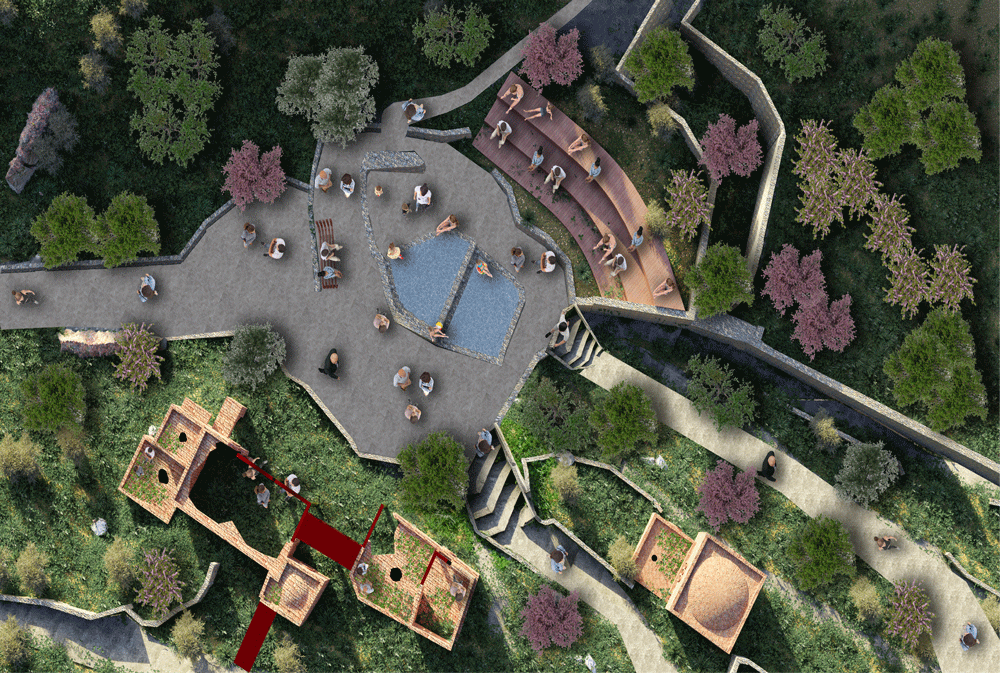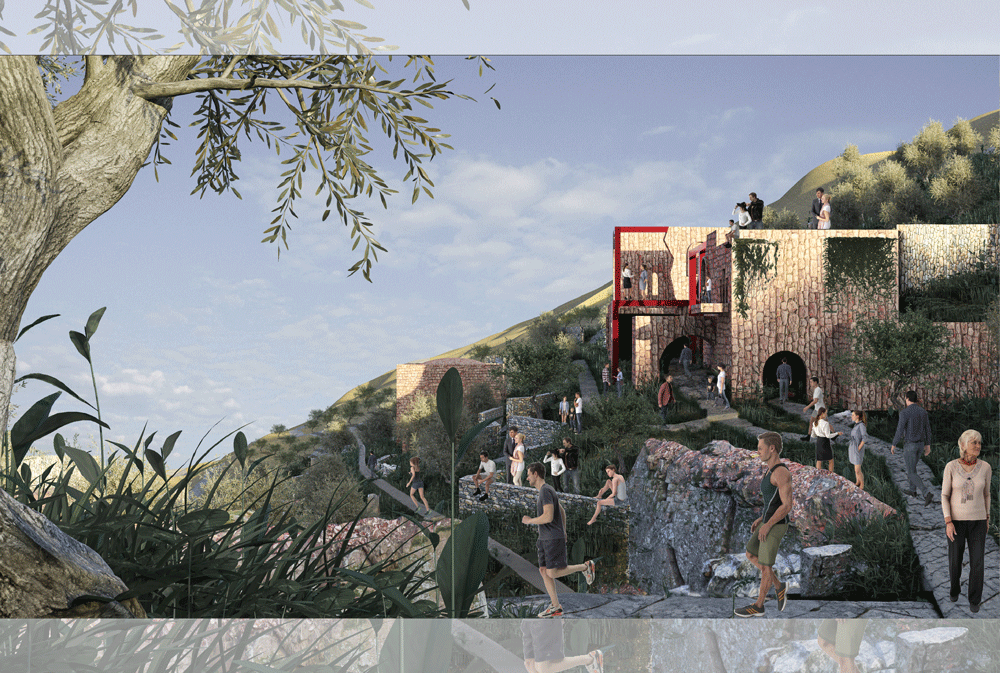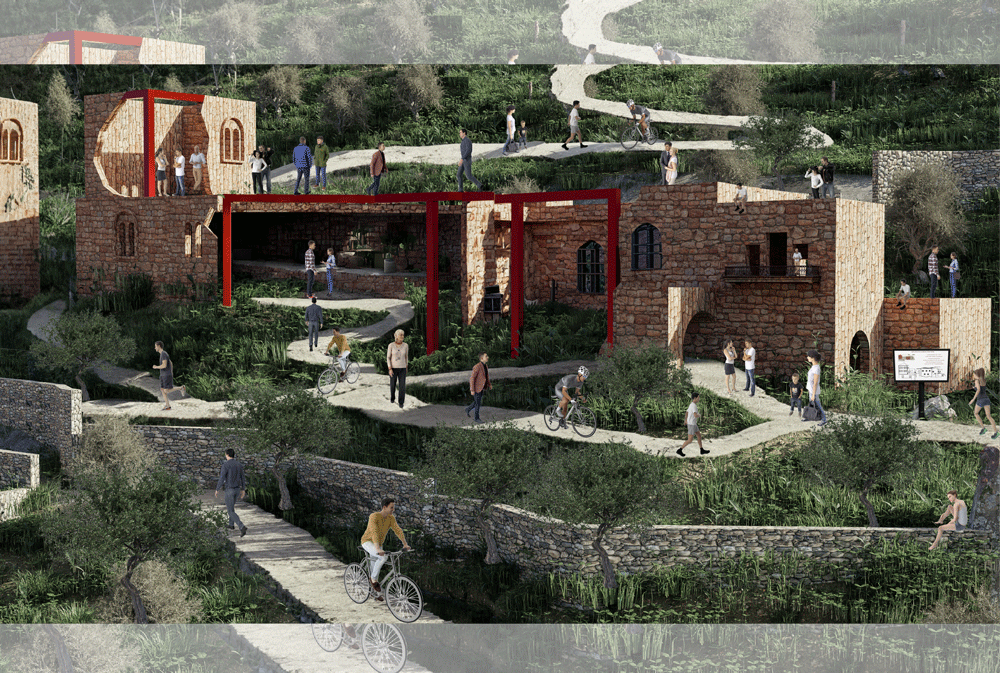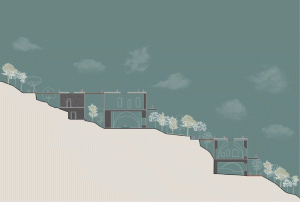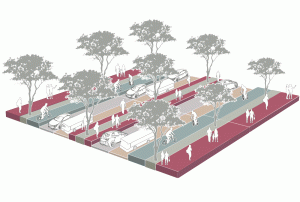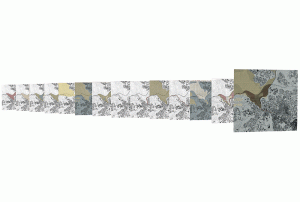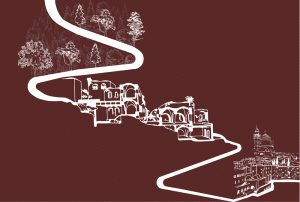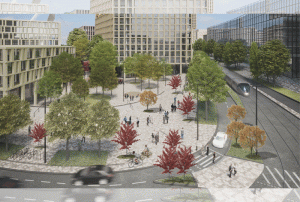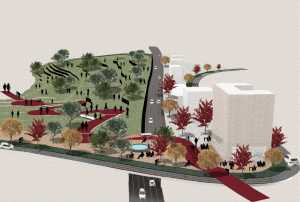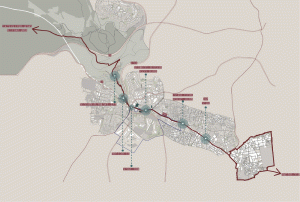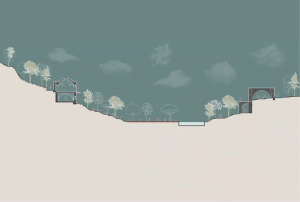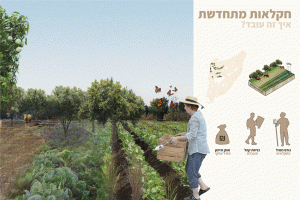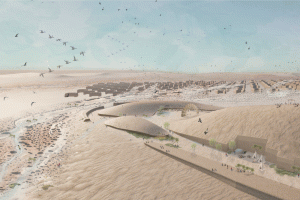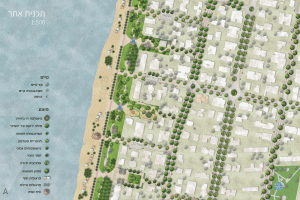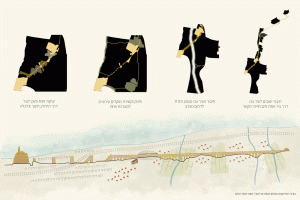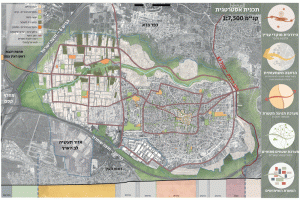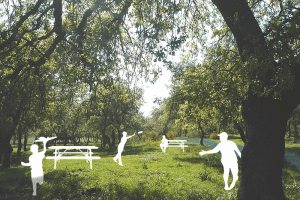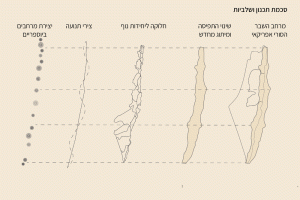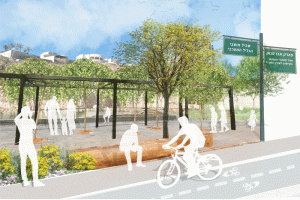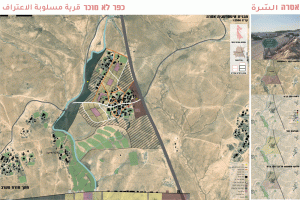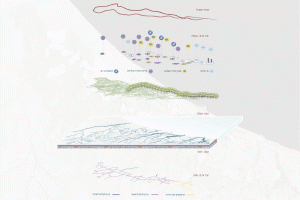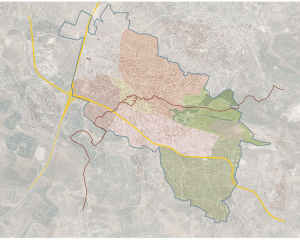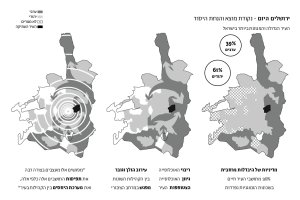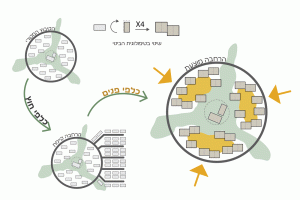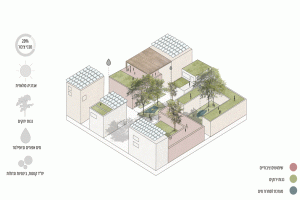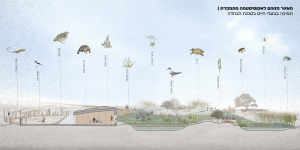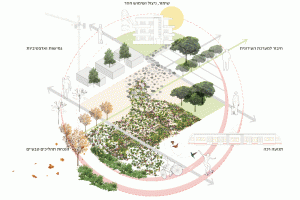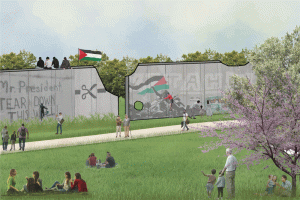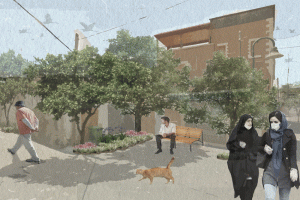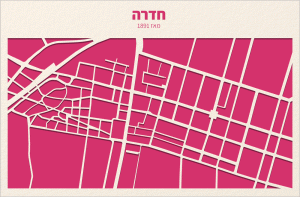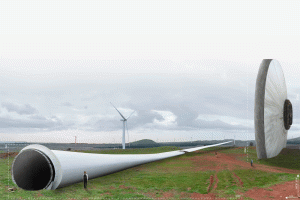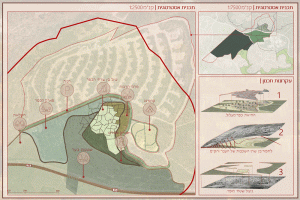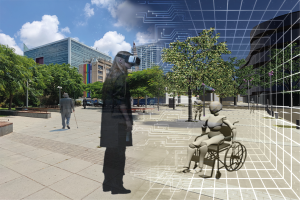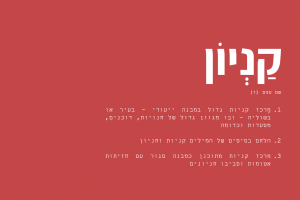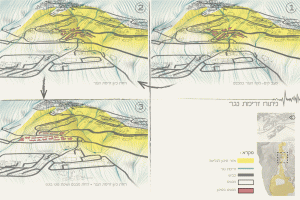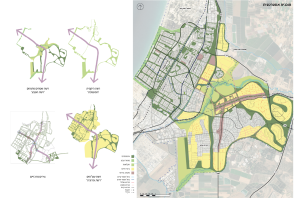RECONNECT | “Layers of time reconstruct the historical connection between Lifta and Jerusalem”
Development, deportation, destruction, and settlement—these cycles have profoundly affected the abandoned Palestinian villages within the State of Israel. Lifta, an abandoned village located at the northwestern entrance to Jerusalem, contains numerous original residences (left abandoned after the rooftop demolition operation in the 1970s), a spring, historical agricultural terraces, and preserved landscapes. Lifta remains the only complete historical village that has never been re-inhabited or rebuilt. It maintains its authentic form as a unique model of an Eastern Mediterranean mountain village with exceptional universal value.
The village’s historical trajectory from 1948 to the present illustrates 74 years of failed attempts to adapt a viable program for its future. Various proposals—ranging from nature reserves and parks to construction plans aimed at erasing its existence—culminated in the approved plan (6036), which advocates for the complete demolition of Lifta to make way for luxury villas unrelated to its context. This plan complements the city entry plan, which proposes extensive urban renewal adjacent to Lifta and is currently in the execution stages.
This proposal seeks to revitalize Lifta by anchoring it within three temporal layers: past, present, and future. It aims to expose the village’s historical urban skeleton and integrate it with Jerusalem’s historical urban framework. The historical and contemporary Jaffa axis, which connects Lifta to the old city, traverses the vibrant market street in today’s Jerusalem’s Juda Camp. This reconnection will bolster the proposed village activities and serve as a meaningful part of the Jerusalem Trail, linking to the Israel Trail at the city entrance.
The project proposes an innovative landscape perspective that preserves the village, focusing on the conservation and restoration of historical layers that have defined it. These layers will enhance the village’s accessibility and vitality while connecting them to the surrounding urban renewal plan. This approach aims to create a preservative urban renewal within the historical fabric that reconstructs the pedestrian experience of entering Jerusalem.




